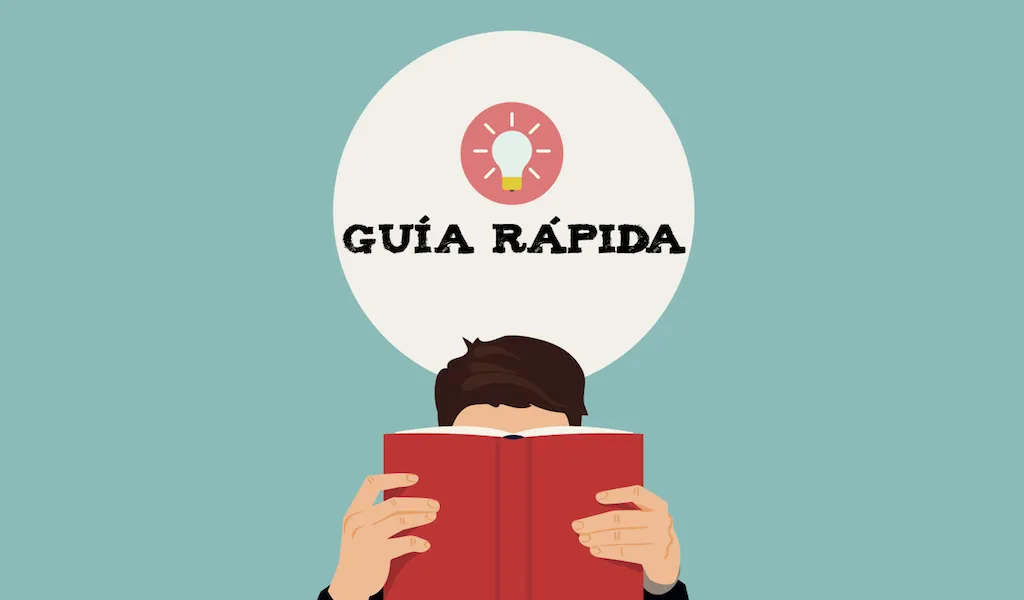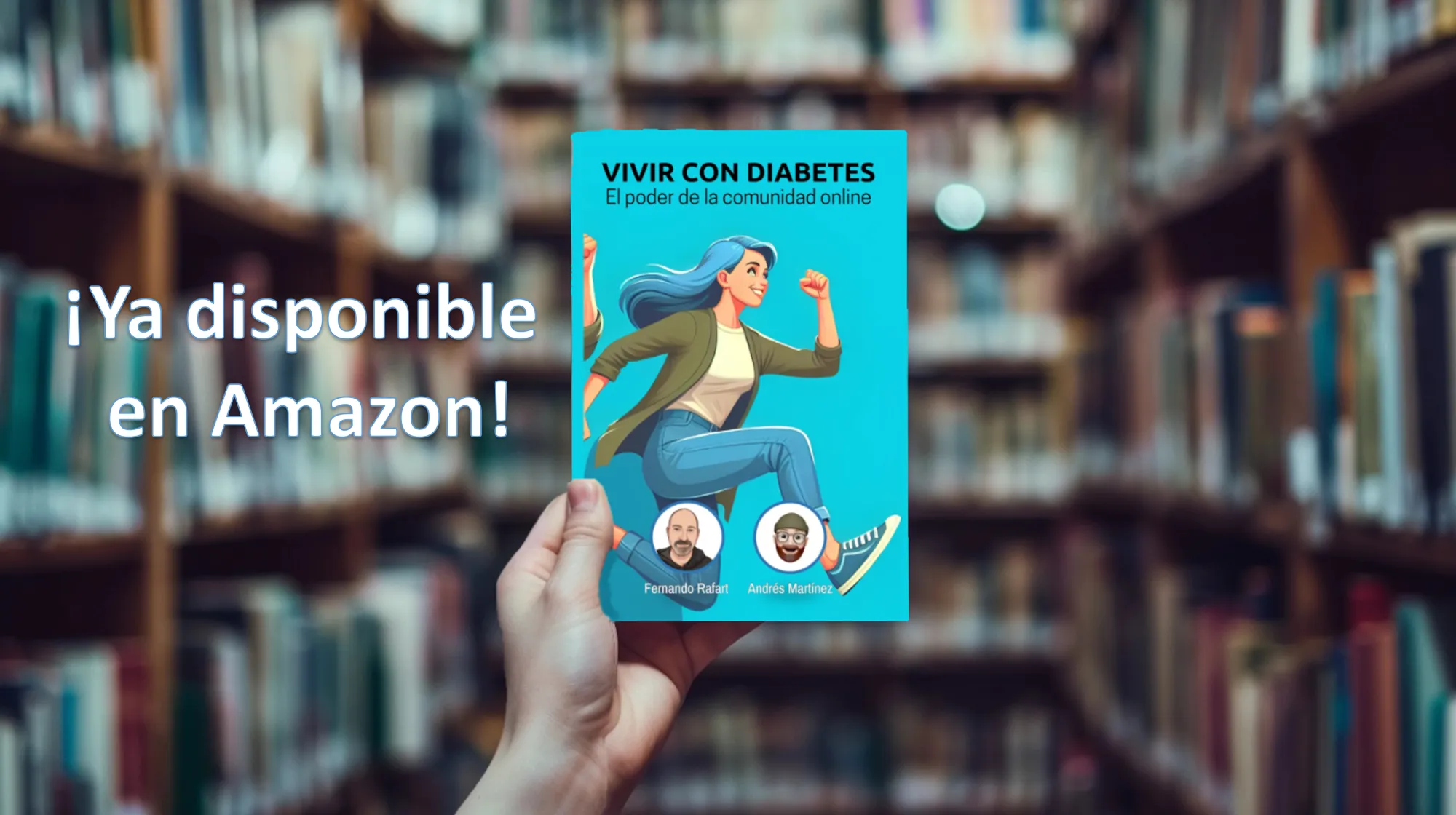Friends, to avoid losing important advice when we need to act quickly or simply when doubts arise, and in order to refresh the memory or have everything well organized to quickly find the information, I have taken the freedom to open this post.It will be like yellow pages of diabetes, where to have everything at hand.
I will share this information little by little, since they are several, so that they have time to read them calmly.They are also published in another forum, but do not worry about copyright (and if there are, as I do not care), because I have created them and other collaborators, so there is no problem: I will bring them almost daily.
Hypoglycemia: How to recognize a low level of consciousness
The brain does not allow two critical situations to occur, among others, which must be immediately stopped: the lack of oxygen and the lack of glucose, the latter being the one that interests us at this time.
Hypoglycemia can cause alterations in the level of consciousness ranging from a state known as drowsiness to coma.Therefore, it is useful to recognize the different degrees of alteration of consciousness that can occur during a decrease in sugar.
To begin, a normal state of consciousness includes:
- A clear perception of oneself (eg, "I call me ..." or "I am ...").
- A clear perception of the environment itself (eg, "I am in my house and you are, for example, my mother").
- An adequate response to stimuli (reaction to simple orders: "What day is today?", "Where are you?", "What are your parents called?", Etc.).
- And a correct alternation between sleep and vigil (when you must be awake, the person does not sleep).
The degrees of alteration of consciousness are the following:
- Somnolence: Here there is only a tendency to sleep with an adequate response to simple and complex verbal orders, as well as painful stimuli.That is, if you ask the person something, he will answer you without problems, and if you give him a soft pinch in the chest or shoulder area, he will answer that you are hurting him.The only thing is that when you stop stimulating it, he will tend to fall asleep again, but if you stimulate him again with his voice, he reacts without any problem.
- Obnubilation: This is a more marked degree of drowsiness where responses to simple verbal orders and painful stimuli are intact, but there is no adequate response to complex verbal orders.If you tell him that he gets up or touch, for example, the legs, he will not do it, but will try to continue sleeping.If it is stimulated in a strong voice, react without problems.
- stupor: Here the person is in a deep sleep and there is no response to verbal orders, neither simple or complex.It will only properly react to a strong painful stimulus, such as a pinch in the chest or shoulder, or press strong in the eyebrow.These maneuvers are necessary to determine that they are reacting to pain and that the person is not in a coma.
- Coma: In this state, there is no response, nor at simple or complex verbal orders, and what makes the difference with the previous state is that there is no pain reaction, at least correctly.
Before a drowsiness or an obnubilation, the person cooperates with the stimuli, will be able to incorporate and be able to order without problem, for example, a juice with sugar, or sugar water or what is preferred to stopHypoglycemiaThis indicates an expeditious and permeable airway, and it will be able to eat liquids or solids without problems,


